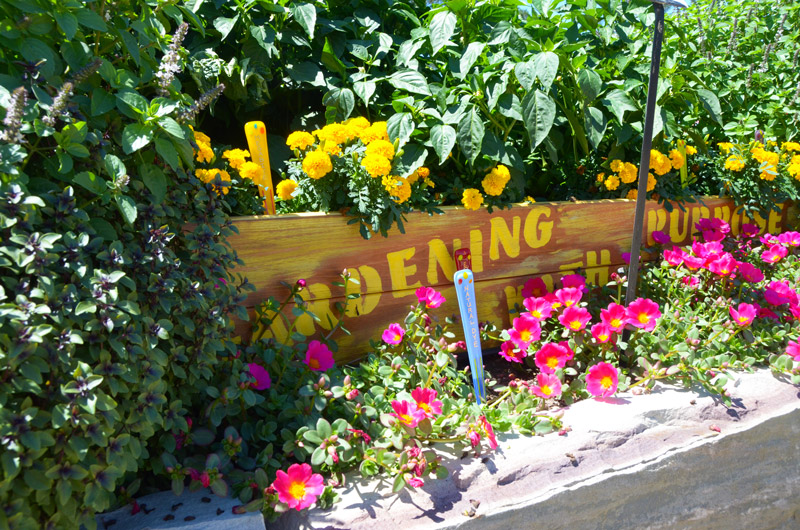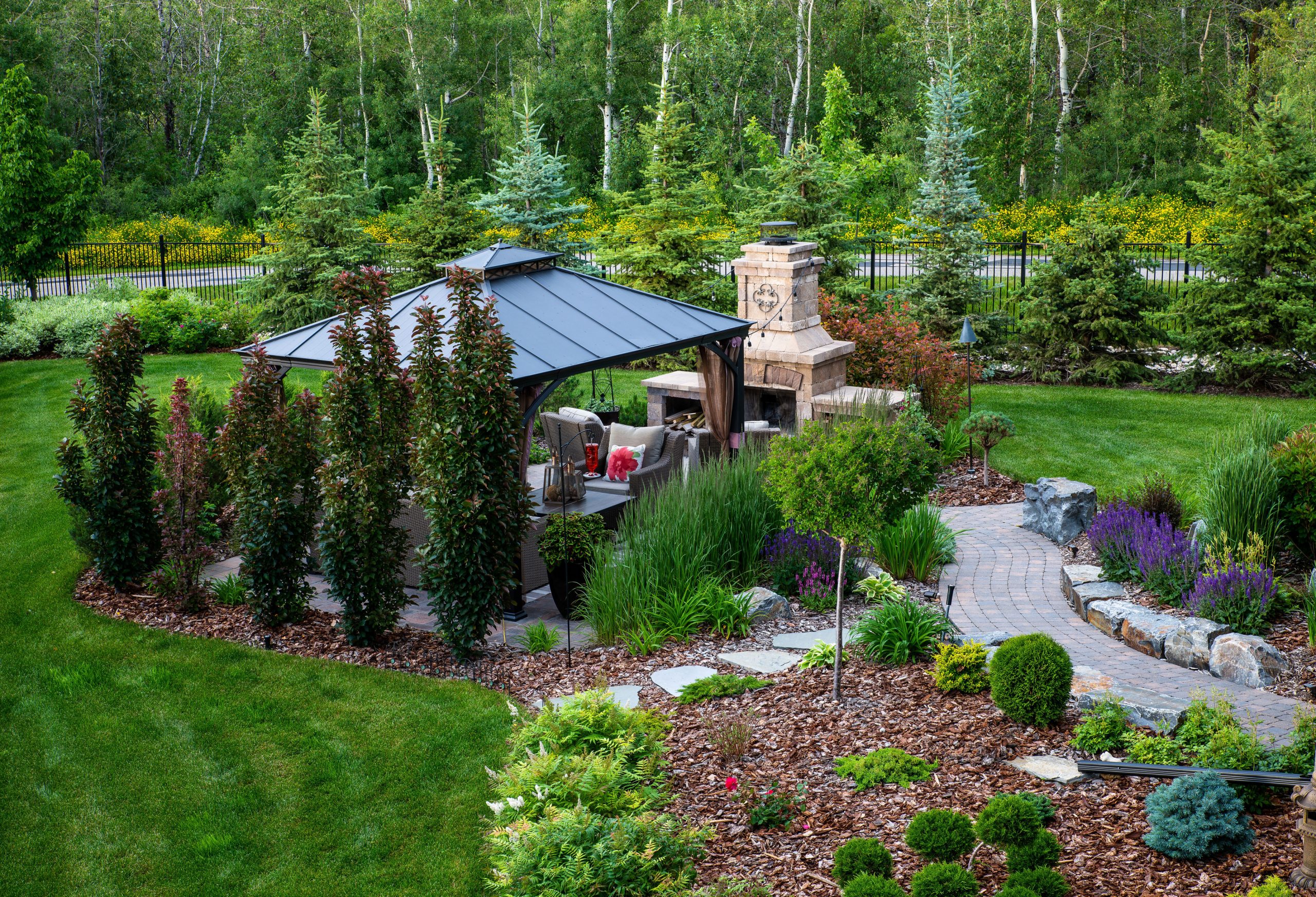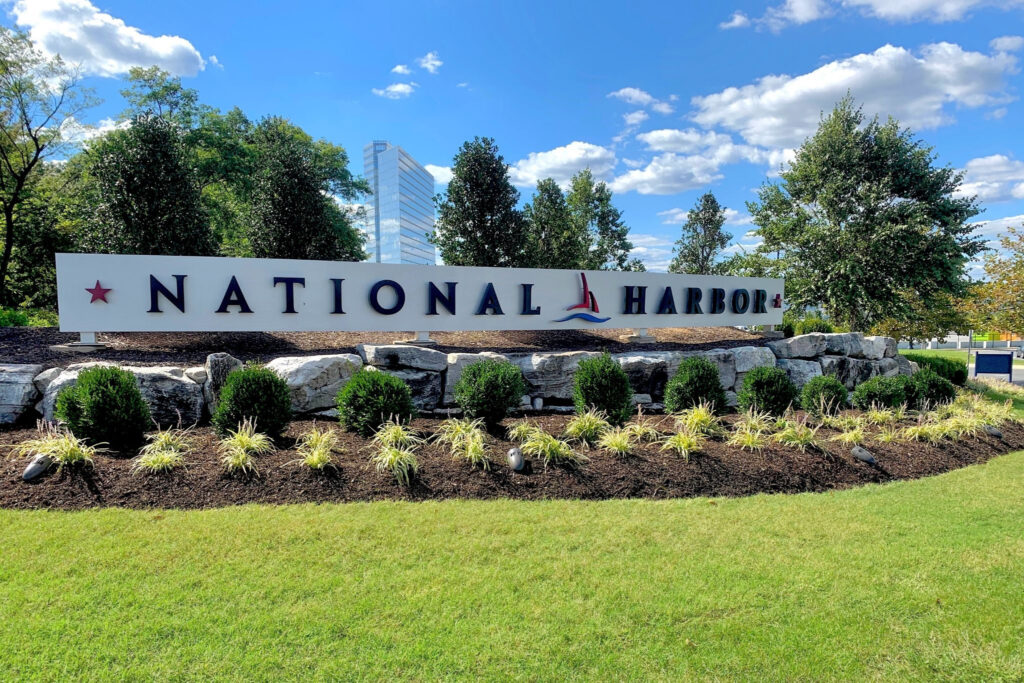The Buzz on Hilton Head Landscapes
Table of ContentsHow Hilton Head Landscapes can Save You Time, Stress, and Money.The smart Trick of Hilton Head Landscapes That Nobody is DiscussingHow Hilton Head Landscapes can Save You Time, Stress, and Money.Some Known Questions About Hilton Head Landscapes.Our Hilton Head Landscapes IdeasThe Single Strategy To Use For Hilton Head LandscapesHow Hilton Head Landscapes can Save You Time, Stress, and Money.Some Known Details About Hilton Head Landscapes
Type compatibility is also a major part of unity in designone or 2 noticeably various types benefit comparison and emphasis, but typically all various other kinds ought to have some resemblances for an unified look. Structure refers to just how rugged or great the surface area of the plant or hardscape material really feels and/or looks.
Instances of plants with coarse appearance include philodendrons, agaves, bromeliads, hollies, hands, and hydrangeas. Qualities that develop fine structure include little vegetation; thin, strappy fallen leaves (grasses) or high, slim stems; small, thick branches and tiny branches; long stems (vines); and small, fragile blossoms.
Indicators on Hilton Head Landscapes You Should Know
A lot of plants are medium texture, in that they can not be described as having either crude or fine appearance. Medium-textured plants act as a history to web link and combine the rugged- and fine-textured plants.

To make a room really feel smaller sized, place the rugged structures along the outer perimeter and the fine textures closest to the audience. The detail of the rugged appearance makes the plants appear closer and makes the room really feel smaller. The regarded appearance of plants can additionally transform with the distance from the plant.
7 Easy Facts About Hilton Head Landscapes Described
Bold colors increase the comparison and make the appearance show up coarser, while soft colors can squash structure. Hardscape with a rugged texturesuch as very harsh rocks and strong, huge timberstends to make all plant product appear extra average distinctive. Developers typically establish a texture research study (Number 8) on paper to aid make a decision the plan of plant materials.
Shade in plant material and hardscape adds passion and variety to the landscape. Color is the most noticeable aspect in the landscape and is typically the emphasis of most house owners; nonetheless, it is also the most short-term aspect, generally lasting only a few weeks a year for specific plants.
Hilton Head Landscapes for Dummies
A straightforward summary of the shade wheel consists of the three key shades of red, blue, and yellow; the three additional shades (a mix of 2 primaries) of environment-friendly, orange, and violet; and 6 tertiary shades (a mix of one surrounding primary and secondary color), such as red-orange. Color concept clarifies the relationship of shades per other and how they should be used in a composition.

Analogous (in some cases called harmonious) color design are any three to five colors that are adjacent on the color wheel, such as red, red-orange, orange, yellow-orange, and yellow, or blue, blue-violet, and violet (Landscaping bluffton sc). The colors are related to each other since they usually include two primaries blended to form a secondary and 2 tertiary shades, which indicates they share usual residential or commercial properties
They tend to have high contrast between them. The most common sets are violet and yellow, red and green, and blue and orange. Corresponding shades are frequently discovered normally in blossoms; a typical set is yellow and violet. Color is discovered in the flowers, foliage, bark, and fruit of plants.
The 8-Minute Rule for Hilton Head Landscapes
Eco-friendly vegetation in all its different shades is the leading color by quantity, but other colors capture focus quicker since of their high comparison to the shade green. Color is also located in buildings, rocks, pavers, wood, and furniture. Most shades in all-natural materials, such as stone and wood, are usually low-key and often tend to be variants of brownish, tan, and light yellow.
Colors have residential or commercial properties that can affect feelings, spatial assumption, light quality, equilibrium, and focus. Great shades have a tendency to be calming and should be utilized in areas for relaxation and serenity.
Hilton Head Landscapes Fundamentals Explained
Cool shades tend to decline and are regarded as being farther away, making an area really feel larger. Color can additionally be used to catch focus and straight views.
Bright yellow, which has the greatest strength, additionally has a high contrast with all other colors (usually described as a "pop" of shade) and ought to be made use of moderately. A percentage of intense shade has as much aesthetic weight as a big quantity of a much more suppressed or weaker shade.
Comparable (often called unified) color pattern are any type of 3 to 5 colors that are adjacent on the shade wheel, such as red, red-orange, orange, yellow-orange, and yellow, or blue, blue-violet, and violet. The shades relate per various other due to the fact that they usually consist of two primaries mixed to form a second and two tertiary colors, which suggests they share usual residential or commercial properties.
The Best Guide To Hilton Head Landscapes
They tend to have high comparison between them. The most usual sets are violet and yellow, red and environment-friendly, and blue and orange. Corresponding shades are typically found normally in blossoms; a typical set is yellow and violet. Color is located in the blossoms, foliage, bark, and fruit of plants.
Green vegetation in all its various tones is the dominant shade by quantity, yet other shades catch focus quicker due to their high contrast to the shade environment-friendly - bluffton landscaping - https://issuu.com/h1tnhdlndscps. Shade is likewise located in buildings, rocks, pavers, timber, and furniture. Most shades in natural materials, such as rock and timber, are normally muted Recommended Site and have a tendency to be variations of brownish, tan, and pale yellow
The Best Guide To Hilton Head Landscapes
Color is an important element for producing passion and selection in the landscape. Shades have residential properties that can influence feelings, spatial perception, light quality, balance, and emphasis. One residential property of shade is defined loved one to temperaturecolors show up to be awesome or warm and can impact emotions or feelings. Great shades have a tendency to be relaxing and need to be utilized in areas for relaxation and calmness.
Awesome colors often tend to recede and are perceived as being further away, making an area really feel bigger. Color can also be used to capture interest and direct sights - https://www.wattpad.com/user/h1tnhdlndscps.
As an example, intense yellow, which has the greatest intensity, additionally has a high contrast with all various other shades (typically referred to as a "pop" of shade) and must be utilized moderately. A tiny amount of extreme color has as much aesthetic weight as a big quantity of a more restrained or weaker color.